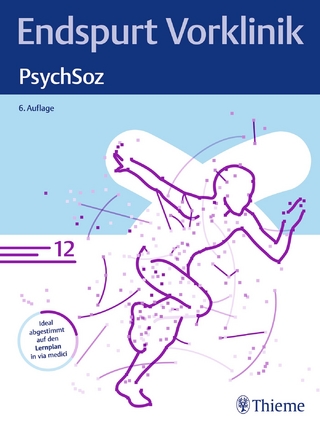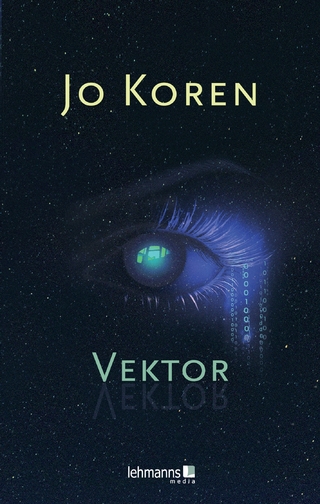
Icons of Life
A Cultural History of Human Embryos
Seiten
2009
University of California Press (Verlag)
978-0-520-26044-3 (ISBN)
University of California Press (Verlag)
978-0-520-26044-3 (ISBN)
- Lieferbar (Termin unbekannt)
- Versandkostenfrei innerhalb Deutschlands
- Auch auf Rechnung
- Verfügbarkeit in der Filiale vor Ort prüfen
- Artikel merken
Tells the story of an early 20th-century undertaking, the Carnegie Institution of Washington's project to collect embryos for scientific study. This work explains how dead specimens paradoxically became icons of life, how embryos were generated as social artifacts separate from pregnant women, and how a fetus thwarted Gertrude Stein's career.
"Icons of Life" tells the engrossing and provocative story of an early twentieth-century undertaking, the Carnegie Institution of Washington's project to collect thousands of embryos for scientific study. Lynn M. Morgan blends social analysis, sleuthing, and humor to trace the history of specimen collecting. In the process, she illuminates how a hundred-year-old scientific endeavor continues to be felt in today's fraught arena of maternal and fetal politics. Until the embryo collecting project - which she follows from the Johns Hopkins anatomy department, through Baltimore foundling homes, and all the way to China - most people had no idea what human embryos looked like. But by the 1950s, modern citizens saw in embryos an image of 'ourselves unborn', and embryology had developed a biologically based story about how we came to be. Morgan explains how dead specimens paradoxically became icons of life, how embryos were generated as social artifacts separate from pregnant women, and how a fetus thwarted Gertrude Stein's medical career.
By resurrecting a nearly forgotten scientific project, Morgan sheds light on the roots of a modern origin story and raises the still controversial issue of how we decide what embryos mean.
"Icons of Life" tells the engrossing and provocative story of an early twentieth-century undertaking, the Carnegie Institution of Washington's project to collect thousands of embryos for scientific study. Lynn M. Morgan blends social analysis, sleuthing, and humor to trace the history of specimen collecting. In the process, she illuminates how a hundred-year-old scientific endeavor continues to be felt in today's fraught arena of maternal and fetal politics. Until the embryo collecting project - which she follows from the Johns Hopkins anatomy department, through Baltimore foundling homes, and all the way to China - most people had no idea what human embryos looked like. But by the 1950s, modern citizens saw in embryos an image of 'ourselves unborn', and embryology had developed a biologically based story about how we came to be. Morgan explains how dead specimens paradoxically became icons of life, how embryos were generated as social artifacts separate from pregnant women, and how a fetus thwarted Gertrude Stein's medical career.
By resurrecting a nearly forgotten scientific project, Morgan sheds light on the roots of a modern origin story and raises the still controversial issue of how we decide what embryos mean.
Lynn M. Morgan is Mary E. Woolley Professor of Anthropology at Mount Holyoke College and is coeditor (with Meredith W. Michaels) of Fetal Subjects, Feminist Positions.
List of Illustrations Preface 1 . A Skeleton in the Closet and Fetuses in the Basement 2 . Embryo Visions 3 . Building a Collection 4 . Inside the Embryo Production Factory 5 . Traffic in "Embryo Babies" 6 . Embryo Tales 7 . From Dead Embryos to Icons of Life 8 . The Demise of the Mount Holyoke Collection Notes References Index
| Erscheint lt. Verlag | 11.9.2009 |
|---|---|
| Zusatzinfo | 13 b-w photographs |
| Verlagsort | Berkerley |
| Sprache | englisch |
| Maße | 152 x 229 mm |
| Gewicht | 454 g |
| Themenwelt | Studium ► 1. Studienabschnitt (Vorklinik) ► Med. Psychologie / Soziologie |
| Sozialwissenschaften ► Ethnologie | |
| Sozialwissenschaften ► Soziologie | |
| ISBN-10 | 0-520-26044-9 / 0520260449 |
| ISBN-13 | 978-0-520-26044-3 / 9780520260443 |
| Zustand | Neuware |
| Haben Sie eine Frage zum Produkt? |
Mehr entdecken
aus dem Bereich
aus dem Bereich


